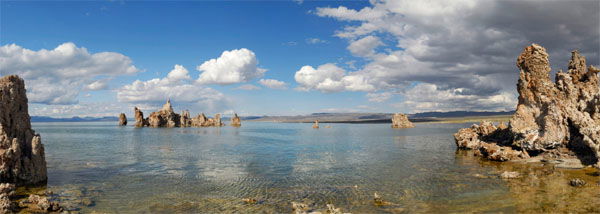Poisoned Thinking
In a controversial study, scientists have shown that some bacteria can substitute arsenic in place of phosphorus in their DNA and other molecules.1 This specialized bacterium was found in California’s Mono Lake, which has high levels of arsenic. Although chemically similar to phosphorus, arsenic is toxic to most creatures. Nonetheless, this bacterium is able to live in the lake, so researchers have speculated that arsenic-based life might have evolved somewhere on earth.
Learning that a bacterium can live on a different chemical cocktail, however, does not show that many different sorts of life can evolve, as some scientists have now claimed; the two are unrelated. Given the difficulty of explaining life with conventional molecules, explaining a life-form that evolved independently would, says molecular geneticist and creationist Dr. Georgia Purdom, “actually raise more questions than it would answer, and only cast further doubt on the evolutionary enterprise.”

© Oleksandr Buzko | iStockphoto.com
At first researchers were ecstatic about discovering in California’s Mono Lake (above) bacteria that substitute arsenic for phosphorus in their DNA. Could a different kind of life have evolved on earth? Not so fast, responded creationists.
As of press time, fresh doubts about the original research have surfaced. One prominent science writer recorded what some are calling “fatal flaws” in the study, claims that may not be sorted out for months.2
Footnotes
- Felisa Wolfe-Simon et al., “A Bacterium That Can Grow by Using Arsenic Instead of Phosphorus,” Science Express, December 2, 2010, p. 1.
- http://www.slate.com/id/2276919
Recommended Resources
- © 2024 Answers in Genesis
- Privacy Policy
- Contact
- About


